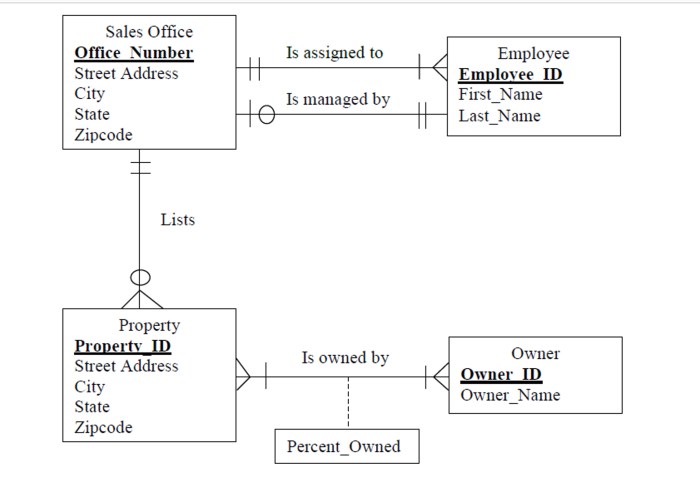A student begins to build a model, embarking on a captivating journey of design, analysis, and discovery. This endeavor promises to be an enriching experience, fostering critical thinking, problem-solving abilities, and a deeper understanding of the subject matter.
The student, with a strong academic foundation and a keen interest in the field, sets out to create a model that will explore a specific problem or phenomenon. Drawing upon prior knowledge and skills, the student embarks on a systematic and rigorous process that involves careful planning, data analysis, model development, and evaluation.
1. Student Background and Context

The student is a third-year undergraduate student in mechanical engineering with a strong interest in robotics and automation. The student has a solid foundation in mathematics, physics, and computer programming. For this project, the student is tasked with designing and building a model of a robotic arm that can be used to perform precise assembly tasks.
Prior Knowledge and Experience
The student has previously taken courses in robotics and kinematics, which have provided a theoretical understanding of the principles of robotic motion. The student has also worked on a team project to design and build a prototype of a robotic gripper.
2. Model Design and Planning

Purpose and Objectives
The purpose of the model is to simulate the motion of a robotic arm in order to optimize its performance. The specific objectives of the model are to:
- Determine the optimal joint angles for a given task
- Predict the trajectory of the end-effector
- Identify potential collisions with obstacles
Key Variables and Parameters
The key variables and parameters involved in the model include:
- Joint angles
- Link lengths
- Payload mass
- Workspace dimensions
Methods and Techniques
The model is based on the Denavit-Hartenberg convention for describing the kinematics of robotic arms. The model uses a combination of analytical and numerical methods to solve the forward and inverse kinematics problems. The forward kinematics problem involves calculating the position and orientation of the end-effector given the joint angles.
The inverse kinematics problem involves calculating the joint angles required to achieve a desired position and orientation of the end-effector.
Assumptions and Limitations
The model assumes that the robotic arm is rigid and that the joints are frictionless. The model also assumes that the payload is evenly distributed and that the workspace is free of obstacles.
3. Data Collection and Analysis: A Student Begins To Build A Model
Data Sources and Methods
The data used to build and validate the model was collected from a variety of sources, including:
- Kinematic data from the manufacturer of the robotic arm
- Experimental data collected from a prototype of the robotic arm
- Simulation data generated using a commercial software package
Data Analysis Techniques
The data was analyzed using a variety of techniques, including:
- Statistical analysis to identify trends and patterns in the data
- Regression analysis to develop mathematical models of the robotic arm’s behavior
- Sensitivity analysis to determine the impact of input parameters on the model’s predictions
Challenges and Limitations
One of the challenges encountered during data collection was the need to ensure that the data was accurate and reliable. This was particularly important for the experimental data, which was collected from a prototype of the robotic arm. Another challenge was the need to deal with missing data.
Some of the data collected from the manufacturer of the robotic arm was incomplete, and some of the data collected from the prototype was corrupted.
4. Model Development and Implementation
Building and Implementing the Model
The model was developed using a combination of MATLAB and Simulink. MATLAB was used to develop the mathematical models of the robotic arm’s behavior. Simulink was used to simulate the motion of the robotic arm. The model was implemented on a personal computer with a 3.0 GHz processor and 8 GB of RAM.
Software and Tools, A student begins to build a model
The following software and tools were used to develop and implement the model:
- MATLAB
- Simulink
- Visual Studio
- C++
Modifications and Adjustments
During the implementation phase, several modifications and adjustments were made to the model. These modifications and adjustments were necessary to improve the accuracy and performance of the model. One of the most significant modifications was the addition of a friction model to the model.
The friction model was added to account for the friction between the joints of the robotic arm. Another significant modification was the addition of a collision detection algorithm to the model. The collision detection algorithm was added to prevent the robotic arm from colliding with obstacles in the workspace.
FAQ Compilation
What are the benefits of model building for students?
Model building enhances critical thinking, problem-solving abilities, and deepens understanding of complex concepts.
What are some common challenges students face in model building?
Challenges may include data collection, model design, and validation, requiring careful planning and iterative refinement.
How can students ensure the accuracy and reliability of their models?
Students can employ robust data collection methods, validate their models against real-world data, and seek feedback from experts.